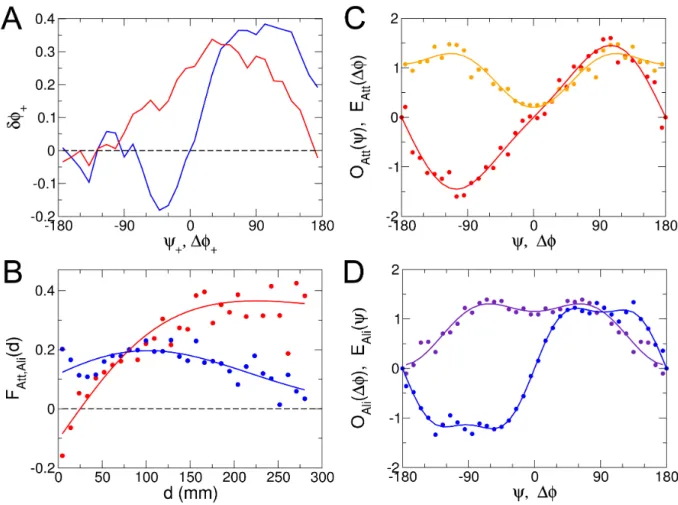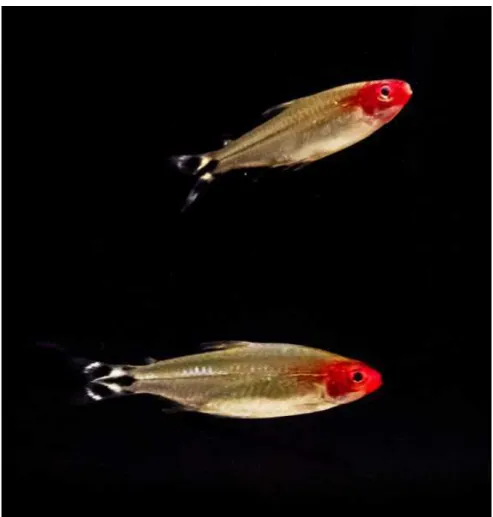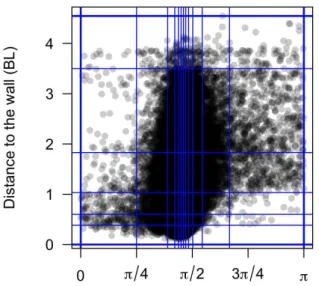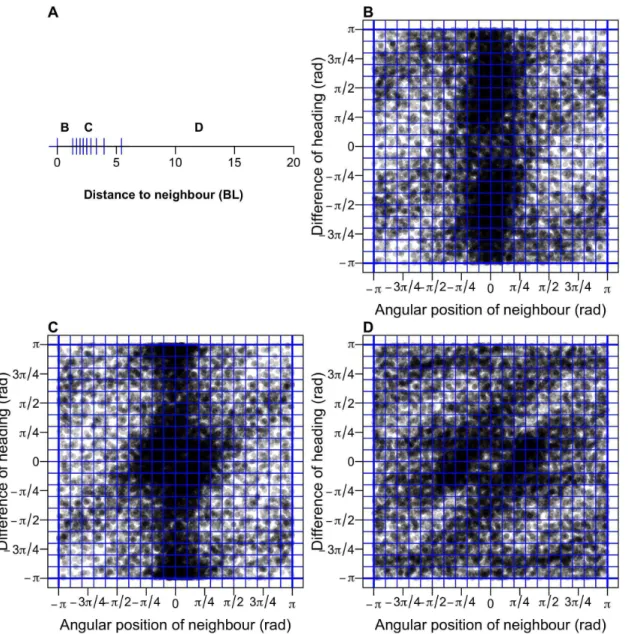Experimental analysis and modelling of the behavioural interactions underlying the coordination of collective motion and the propagation of information in fish schools
Texte intégral
Figure
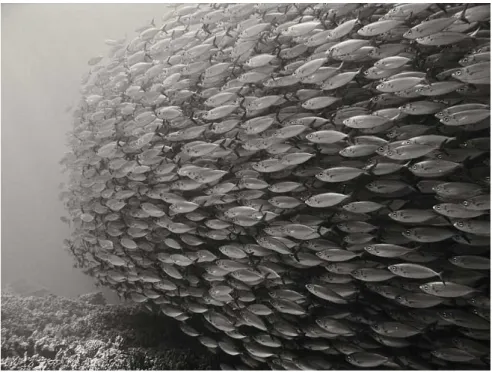

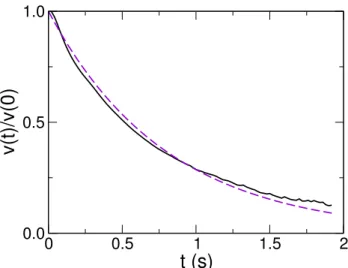
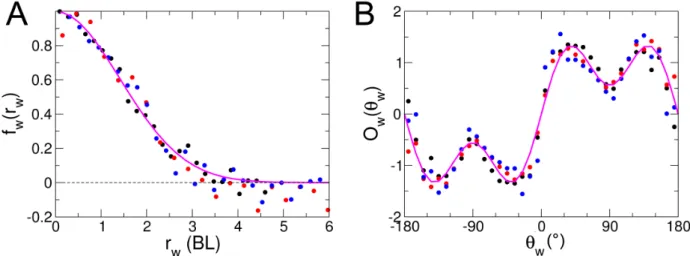
Documents relatifs
The main goal of this paper is to provide another solution for the problem of the motion of stars in galaxies by using a new gravitational time dilation for the weak gravitational
To investigate the localization of polySia in ovaries, tissue sections were treated with mAb 735 followed by differently conjugated secondary antibodies (HRP, Figure 4a; Alexa
Subcellular localization of microcystin in the liver and the gonads of medaka fish acutely exposed
Steps in the 03B3-ray multiplicity as function of the excitation energy have been observed in coinci- dence with the incompletely relaxed part of the energy spectra of
This root comes from the virtual reconstructions for B 10, Kande, Eshira and Punu, but the segment difference in Evia ( ◦ f no) and the difference between the tone pattern for Punu
In this chapter, I discuss the limitations of the spatial framing of collective dynamics both in modelling and in social theory; propose an alternative approach based on
Gordes periodically received reports (avis) from Lyon on the latest international information.19 When Antoine Grolier, a mem- ber of a prominent Lyon family, replied to a letter
The predicted covariance structure depends on the readout parameters, and in particular on the temporal integration window w and typical number of neurons K used in the formation of
